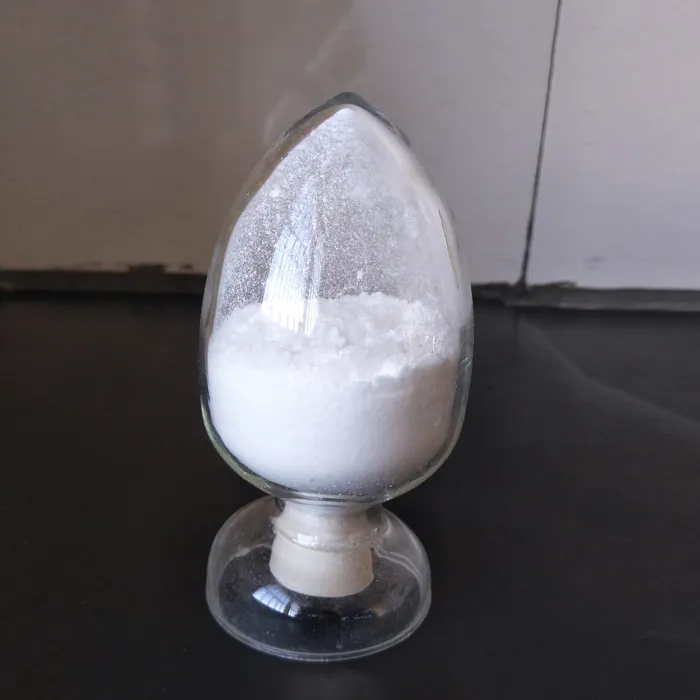Chemicals Used to Treat Drinking Water
Access to clean drinking water is essential for maintaining public health and preventing disease. Water treatment processes have evolved over the years, utilizing various chemicals to ensure that water is safe for human consumption. In this article, we will explore the primary chemicals used in drinking water treatment, their functions, and the potential impacts on health and the environment.
Coagulants
One of the initial steps in water treatment is coagulation, which involves the addition of coagulants to remove suspended solids and impurities. The most commonly used coagulant is aluminum sulfate, also known as alum. When alum is added to water, it reacts with the impurities and leads to the formation of larger particles called flocs. These flocs can then be easily removed through sedimentation or filtration. Ferric chloride and polyaluminum chloride are other alternatives used as coagulants. The efficient removal of suspended particles is crucial as it not only helps improve aesthetic quality but also reduces the presence of pathogens.
Disinfectants
Disinfection is a critical process in water treatment, aimed at eliminating harmful microorganisms that could cause diseases. The most widely used disinfectant is chlorine, which can effectively kill bacteria and viruses. Chlorine is often added as a gas, liquid bleach, or in solid form through chlorine tablets. However, the formation of disinfection by-products (DBPs) such as trihalomethanes (THMs) is a concern, as these chemicals can pose health risks when consumed in large quantities over time.
To mitigate these risks, other disinfectants such as chloramine or ozone may be used. Chloramine, a combination of chlorine and ammonia, is less reactive than chlorine, leading to lower levels of harmful by-products. Ozone is a powerful oxidant that can sanitize water without leaving residual chemicals, although its use is more complex and requires specialized equipment. Ultraviolet (UV) radiation is another alternative disinfection method that effectively inactivates pathogens without the use of chemicals.
chemicals used to treat drinking water

Corrosion Inhibitors
Corrosion in water distribution systems can lead to the leaching of heavy metals such as lead and copper into drinking water. To prevent corrosion, water treatment facilities often add corrosion inhibitors such as orthophosphate or silicate. These chemicals create a protective coating on the pipes, reducing the solubility of metals and preventing them from entering the water supply. This process is critical for safeguarding public health, especially in older infrastructure where lead pipes may still be in use.
Adjusting pH
The pH level of water plays a significant role in both treatment processes and the overall safety of drinking water. Water that is too acidic or alkaline can cause corrosion and affect the efficacy of disinfectants. To maintain optimal pH levels, chemicals such as sodium hydroxide or sodium carbonate are commonly added. This adjustment helps to stabilize the water quality and ensures that disinfectants work effectively.
Conclusion
Chemicals play a vital role in the treatment of drinking water, ensuring that it is safe and healthy for consumption. Coagulants aid in removing impurities, disinfectants eliminate harmful microorganisms, corrosion inhibitors protect infrastructure, and pH adjusters maintain water quality. While the benefits of these chemicals are significant, it is essential to monitor their usage and potential health impacts carefully. Advances in water treatment technologies continue to evolve, focusing on minimizing risks while enhancing the safety and quality of drinking water. By understanding the role of these chemicals, we can better appreciate the complexity and importance of maintaining a clean and safe drinking water supply for all communities.

